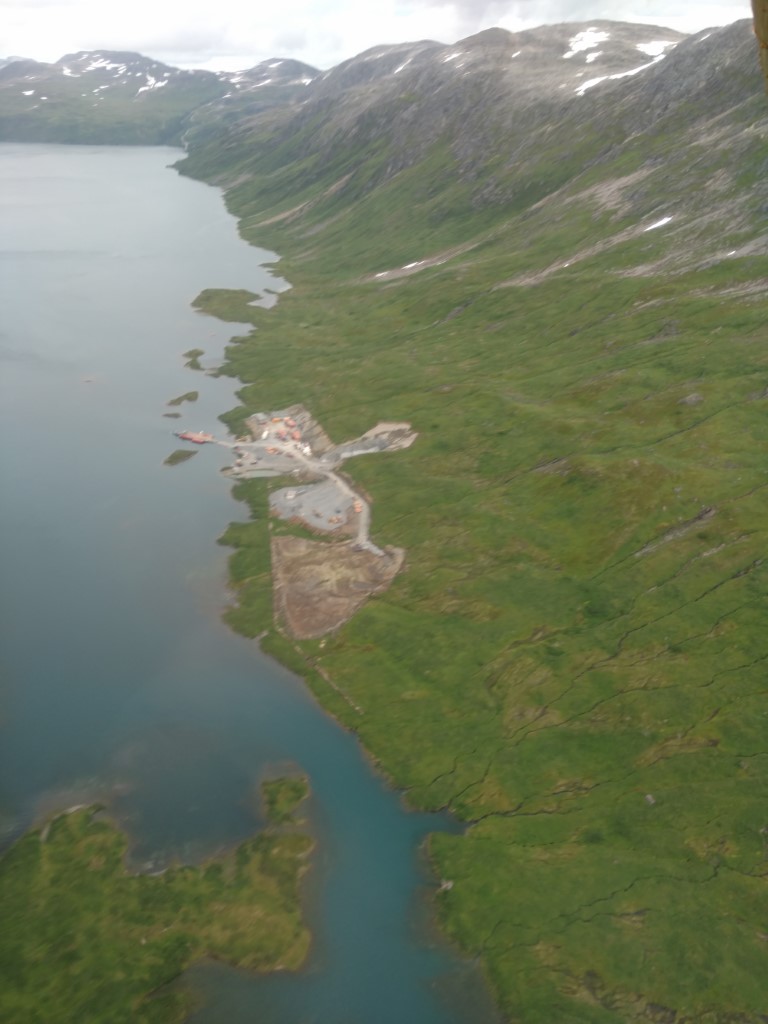Terror Lake Hydroelectric Tunnel
Client: Kiewit Infrastructure West
Location: Kodiak Island, AK, United States
In 2018, MES was subcontracted by Kiewit Infrastructure West to perform underground hydroelectric tunnel development at the Terror Lake tunnel. This project was located in an extremely remote area on Kodiak Island, Alaska. Personnel access to the work site was by workboat, or floatplane, with persons MES mined 3700 feet of the 6400 foot long, 11’ x 11’ tunnel working from one side of the mountain range, while Kiewit Underground Division mined the remainder of the tunnel, working from the opposite end of the mountain. Work scope performed by MES included establishment of all necessary surface infrastructure to support its operations, including power generation and wiring for the tunnel, offices, all utilities, satellite communication facilities, and erection of a shop building to support its operations.
This was an extremely remote job requiring significant planning. During the two seasons of project work, MES did not have a single full shift of downtime due to equipment issues. Logistical preparation by MES began in February, 2018, with extensive planning and procurement. MES shipped 23 major items of equipment (Jumbos, LHDs, Telehandlers, Gensets, etc.) as well as dozens of sea containers of tools, parts, and supplies to the site, (which involves first transportation to Seattle, then a barge to Kodiak, then a landing craft to Kizhuyak Bay on the west side of the island, followed by a truck haul over a mountain pass and then another barge trip across Terror Lake). MES trained its internal tunnel rescue teams prior to the start of work each season.
The job had tight civil specifications. Also, the MES side of the tunnel was located in an extremely sensitive environmental area, with special federal legislation enabling the project to proceed inside the boundaries of the Kodiak National Wildlife refuge. Accordingly, MES’ normal high standards of environmental care were of major importance. The project was completed approximately 5 weeks ahead of schedule, with average 2019 season advance rates of about 21 feet per day in Class 2 ground (bolted and fully meshed), and 24 feet per day in better ground. This project was selected as an example of: • Recent Alaska Underground Drill-Blast tunnel excavation • Tunneling to high civil construction specifications • Establishment of Project Infrastructure in Remote Area • Complex Logistics and Planning Capability • Project performance for National Tier 1 Heavy Civil client

